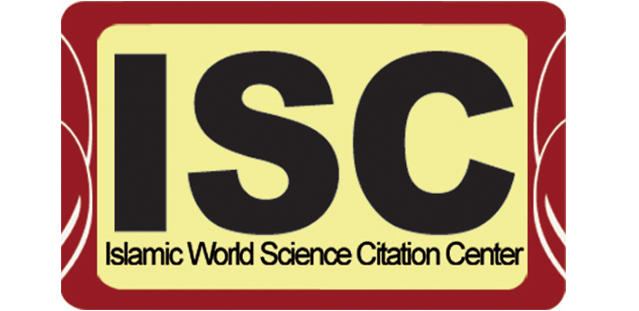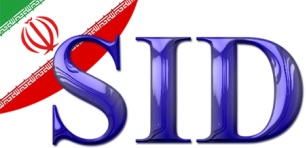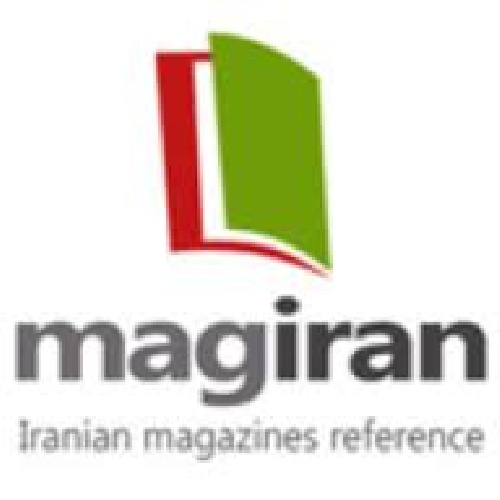INSTRUCTION FOR AUTHORS
Aims and Scope: Pathobiology research is the official scientific quarterly publication of the TMU Press that is published by the responsibility of its Editor-in-Chief and Editorial Board in the determined scopes. This Journal accepts Original Papers, Review Articles, Short Communications and Letters to the Editor in the fields of Basic Medical Sciences with emphasis on Pathobiology.
Submission: Manuscript must be accompanied by a covering letter to the Editor-in -Chief, including title and all author name and e-mail and undertaking that the manuscript has not been published or submitted elsewhere. Manuscript should be typed using Microsoft Word software, font size 12 (bold the titles) without columnar formatting. Submission should be done via Journal URL: https://mjms.modares.ac.ir/. Only academic e-mail addresses should be provided for authors (public e-mails like yahoo, gmail, Hotmail, ...) are not accepted. Exactly same information should be included in submission form and the article file.
Peer review process: Once submitted, all manuscripts will be evaluated by the Editor or a member of Editorial Board to decide whether it is appropriate for the journal. Manuscripts which are within the scope and seem, on initial assessment, to be technically sound and scientifically valid, will be sent to external reviewers. Within the submission process the authors can introduced relevant reviewers and limited persons who should not review the paper.
All manuscripts are peer-reviewed by at least 2 anonymous reviewers selected by the Editorial Board. The corresponding author is notified as soon as possible of the editor decision to accept, reject, or require revisions. Submitting a revised manuscript does not guarantee the final acceptance.
After publishing the paper, if authors find a scientifically important issue, they can apply for an Erratum on the paper. The editorial Board may also suggest the authors for preparing an Erratum when required. In case of any problem with Ethics in Publication Policies, Editorial Board has the authority to make a decision for article withdrawal.
Ethical guidelines: Ethical considerations must be addressed in the Materials and Methods section. 1) Please state that informed consent was obtained from all human adult participants and from the parents or legal guardians of minors. Include the name of the appropriate institutional review board that approved the project ethical items. Do not use patients’ names, initials, or hospital numbers, especially in illustrative material. 2) Indicate in the text that the maintenance and care of experimental animals complies with National Institutes of Health guidelines for the humane use of laboratory animals, and has been confirmed by your Institute or agency proper committee.
Paper structure: The manuscript should include: Title page; the Abstract; Introduction; Materials & Methods; Results; Discussion; Acknowledgement and References. Short communications have a structure same to Original full-length papers but should be prepared in less than 3500 words and up to 4 tables/figures. Letters start with the phrase "Dear Editor:" and no more titles is required. All parts should be presented in consequent paragraphs in up to 1500 words and 2 figures/tables. Reviews have a free style in body with same referencing style, acknowledgment, ethics and conflict of interest policy.
The title page: The complete title of the manuscript, running title, the name of all the authors, authors affiliations including the department/center/institute, main institute/university name, city and country name, address for corresponding author with e-mail.
Authorship: All authors should play a significant role in conception, design, performance or analysis of the data and read and approve the manuscript. All authors are responsible for scientific and ethical accuracy of the manuscript. Authors are expected to consider the list and order of authors with extensive care when submitting their manuscript. They should provide a definitive list of authors at the time of the original submission. Any deletion, rearrangement or addition of authors might be requested only before the manuscript acceptance and will be effective if approved by the journal Editor. To request such a change, the Editor must receive the followings from the corresponding author: (a) the reason for the change in author list in detail and (b) written confirmation (academic e-mail, signed letter) from all authors that they agree with the rearrangement, addition or removal. This includes confirmation from the author being added or removed.
The Abstract: All articles must accompany a structured abstract (except for Reviews) up to 250 words (100 words for Letter to Editor). It should be structured as Introduction, Methods, Results and Conclusion followed by 3 to 5 Keywords. Keywords will assist indexers in cross indexing the article as they are published with abstract. Authors need to be careful that the abstract reflects the content of the article accurately.
Introduction: This should summarize the purpose and the rationale for the study. It should neither review the subject extensively nor should it have data or conclusions of the study.
Materials & Methods: This should include exact method of observations or experiments. If an apparatus is used, its manufacturer’s name and address should be given in parenthesis. If the method is established, give reference but if the method is new, give enough information so that another author is able to perform it. If a drug is used, its generic name, dose and route of administration must be given. For patients, age, sex with mean age ± standard deviation must be given. Statistical method must be mentioned.
Results: It must be presented in the form of text, tables and figures. The contents of the tables should not be all repeated in the text or in the figures. Instead, a reference to the table number or figure number should be given.
Tables: In limited numbers should be submitted with the captions placed above. Place explanatory matters in footnotes, not in the heading. Tables should be prepared via Table option of type setting software, not as a text separated via spaces or as a photograph.
Figures: Should be in limited numbers, with high quality art work and prepared on separate pages. All figure captions should be placed in order in the manuscript file below the references. The same data should not be presented in tables and figures, simultaneously. The figures should be prepared each as a separate page in a format of TIF, EPS or JPEG. All parts of a single figure should be prepared in a single page and a single file.
Discussion: This should emphasize the present findings and the variations or similarities with other work done in the field by other scientists. The detailed data should not be repeated in the discussion again. Emphasize the new and important aspects of the study and the conclusions that follow from them. It must be mentioned whether the hypothesis mentioned in the article is true, false or no conclusions can be derived. The last paragraph of discussion should provide a brief conclusion for the study. Conclusion should be fully supported by provided results.
Acknowledgement: All contributors who do not meet the criteria for authorship should be covered in the acknowledgement section. It should include persons who provided technical help, writing assistance and departmental head who only provided general support. Financial and material support should also be acknowledged.
Conflicts of interest: Authors must acknowledge and declare any sources of funding and potential conflicting interest, such as receiving funds or fees by, or holding stocks and shares in, an organization that may profit or lose through publication of your paper. Declaring a competing interest will not lead to automatic rejection of the paper, but we would like to be made aware of it. When there is no conflict of interest, the author should mention it at the end of manuscript, prior to References.
References: All manuscripts should be accompanied by relevant references. The author should ensure reference to published studies by doing proper literature search. Only peer-reviewed resources can be used as reference. It may not be possible for the editor and reviewers to check the accuracy of all reference citations. To minimize such errors author should verify references against the original documents. The Reference should provide the following information as stated in the presented models as follows:
Crouzin N, de Jesus Ferreira MC, Cohen-Solal C, Kadmi C, Bernad N, Martinez J, et al. alpha-tocopherol and lphatocopheryl phosphate interact with the cannabinoid system in the rodent hippocampus. Free Radic Biol Med. 2011;51:1643-55.
Please used Endnote or similar software for arranging the references. Click for “Pathobiology Research” journal.
Abbreviations and symbols: Use only standard abbreviations. Avoid using them in the title and abstract. The full term for which an abbreviation stands should precede its first use in the text unless it is a standard unit of measurement. A list of standard abbreviations is provided at the end of this INSTRUCTION.
Page charges: Currently, there are no charges for publication in this Journal.
Proof Reading: A PDF file is sent to the corresponding author for proof reading before publication in order to avoid any mistakes. There for the corresponding author will be responsible for the correctness of final published article. Corrections should be marked clearly and sent immediately to the Journal office.
Copyright: Pathobiology Reasearch is an open access journal which means that all contents are freely available without charge to the user or his/her institution. Users are allowed to read, download, copy, distribute, print, search or link to the full text of the articles in this journal without asking prior permission from the publisher or the author. This Journal is for your personal non-commercial use. You may not modify, or re-publish any materials contained in the Journal without the prior written permission from the copyright owner, Tarbiat Modares University. Write to The Editor for any permission inquiry.
Disposal of material: Once published, copies of the manuscript file, correspondence and artwork will be held for 3 months before disposal.
The Final Checklist:
The authors must ensure that before submitting the manuscript for publication, they have taken care of the following:
-
Title page should contain title, name of the author/co-authors, designation & institutions they are affiliated with and e-mail address for future correspondence. E-mail address should be provided for corresponding author.
-
Abstract in Structured format and up to 250 words.
-
References are mentioned as stated in the Instruction to Authors section.
-
Tables should be typed on separate pages.
-
Make sure for Headings of Tables, their numbers and Captions of illustrations.
-
Figures (Photographs / illustrations) along with their captions are provided.
-
Approval of the study from respective Ethics Committee/Institution Review Board.
-
Declaring any conflict of interest and financial support.
-
Covering Letter in official letterhead (Sign, then scan or photo for upload).
The Editor In-Chief,
Prof. Javad Mirnajafi-Zadeh, PhD
Tarbiat Modares University,
Jalal AleAhmad Hwy.,
Tehran, I.R. Iran.
P.O.Box: 14115-111
Email: ppj

phypha.ir
URL: https://mjms.modares.ac.ir
The following abbreviations can be used without definition:
Common molecules:
ADP,CDP, GDP,IDP UDP: pyrophosphates of adenosine cytidine, guanosine, inosine, uridine
AMP adenosine monophosphate
ADP adenosine diphosphate
ATP adenosine triphosphate
CM-cellulose carboxymethylcellulose
CoA and acetyl-CoA coenzyme A and its acyl derivatives
DEAE-cellulose O-(diethylaminoethyl)-cellulose
DNA deoxyribonucleic acid
FAD flavin-adenine dinucleotide
FMN flavin mononucleotide
GSH, GSSG glutathione, reduced and oxidized
HEPES 4-(2-hydroxyethyl)-۱-piperazine- ethanesulphonic acid
NAD nicotinamide-adenine dinucleotide
NADP nicotinamide-adenine dinucleotide phosphate
NMN nicotinamide mononucleotide
Pi, PPi orthophosphate, pyrophosphate
RNA ribonucleic acid
Tris 2-amino-2-hydroxymethylpropane-1,3-diol
Weight units:
kilogram kg
gram g
milligram mg
microgram μg
mole (gram-molecule) mol
millimole mmol
micromole μmol
nanomole nmol
picomole pmol
femtomole fmol
equivalent eq
Time units:
hour h
minute min
second s
millisecond ms
microsecond μs
Volume units:
litre l
millilitre ml
microlitre μl
Length units:
meter m
centimeter cm
millimeter mm
micrometer μm
nanometer nm
Concentration units:
molar (mol/l) M
millimolar mM
micromolar μM
nanomolar nM
picomolar pM
Electricity, energy and temperature units:
joule J
degree Celsius (centigrade) ° C
coulomb C
ampere A
volt V
ohm W
siemens S
Radiation units:
curie Ci
counts per minute cpm
disintegrations per minute dpm
becquerel Bq
Miscellaneous:
gravity g
dissociation constant Kd
median doses LD50, ED50
probability P
square centimeter cm3
standard deviation S.D.
standard error of the mean S.E.M.
Svedberg unit of sedimentation coefficient S








































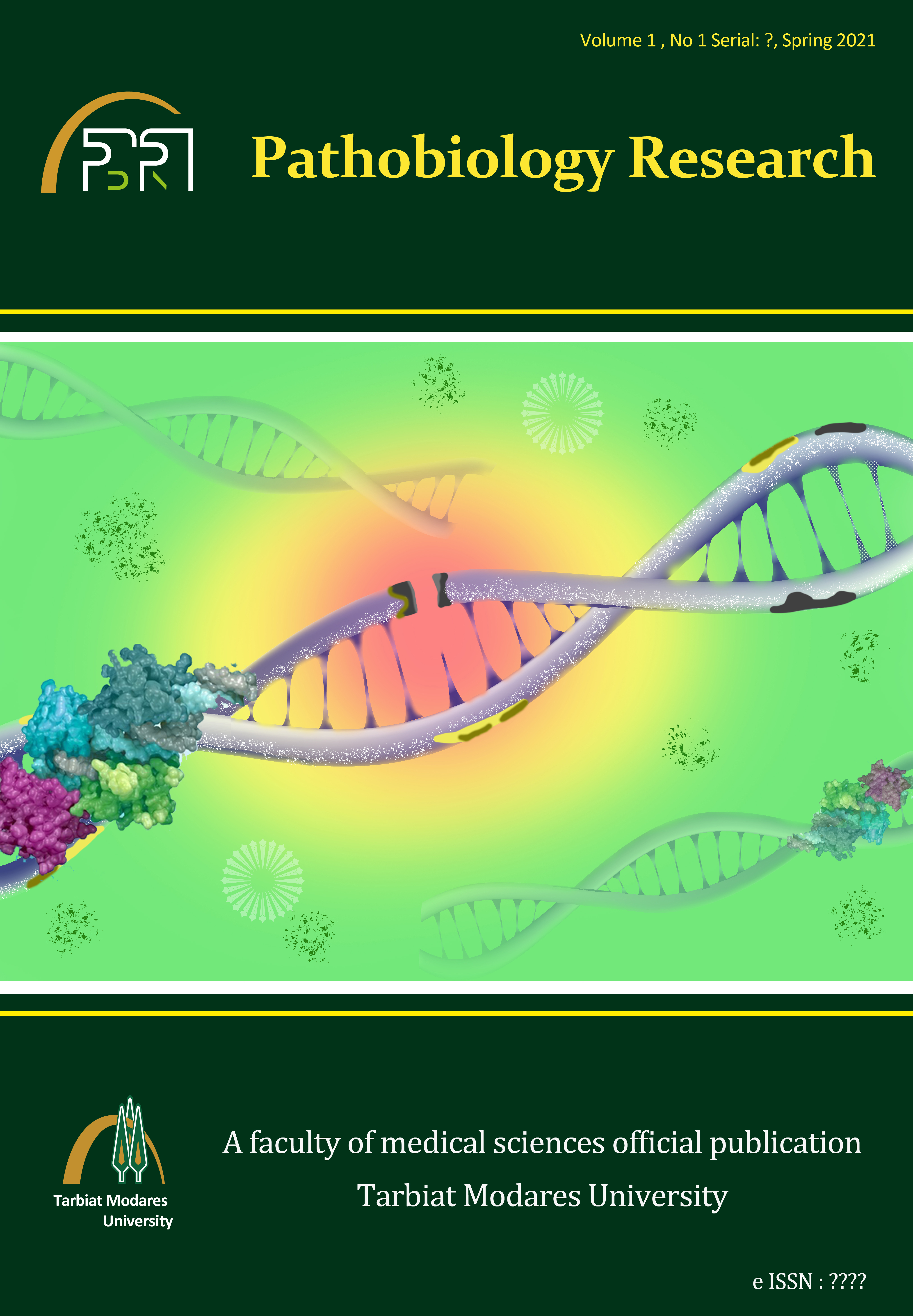







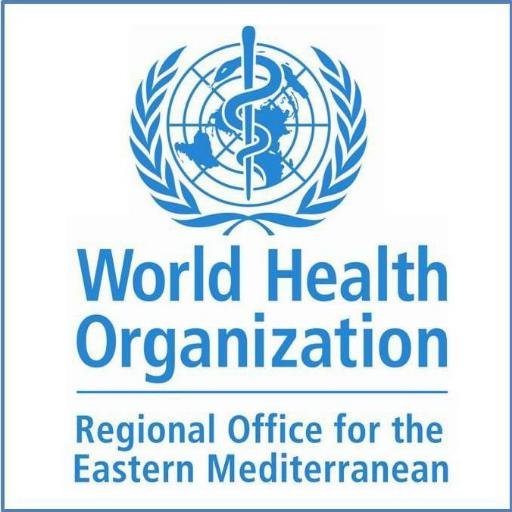

.png)
